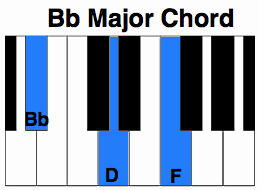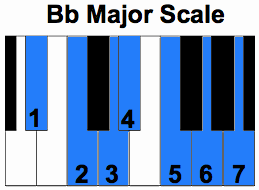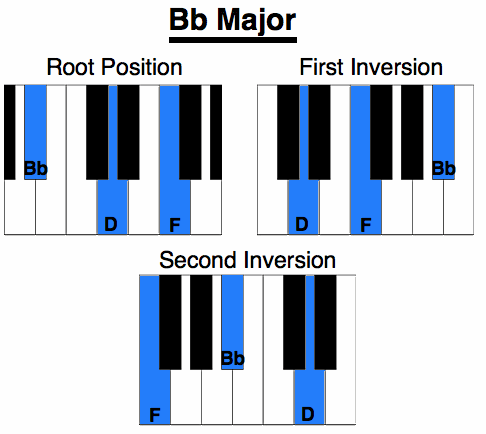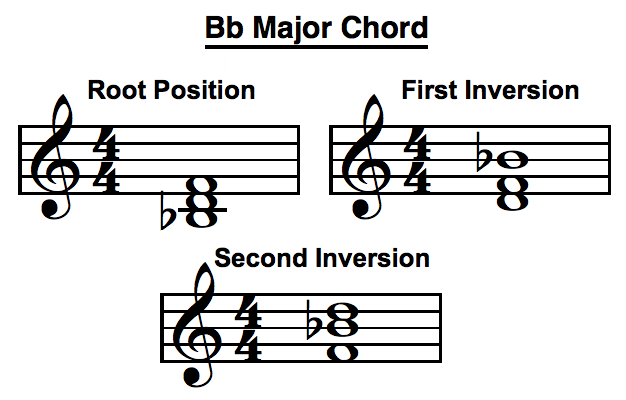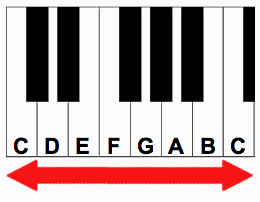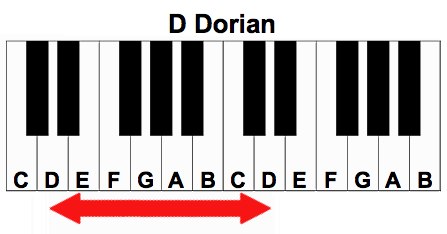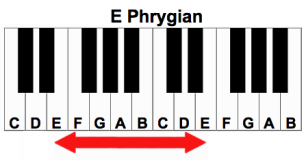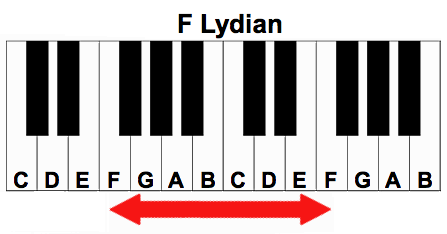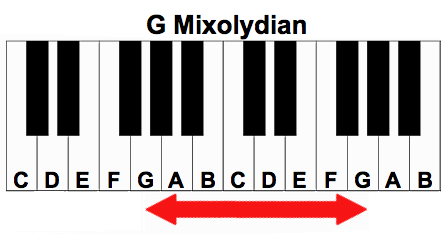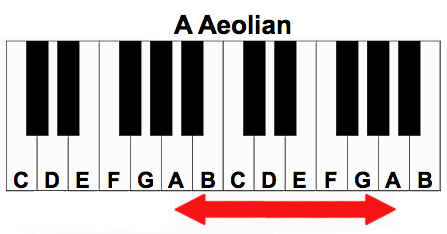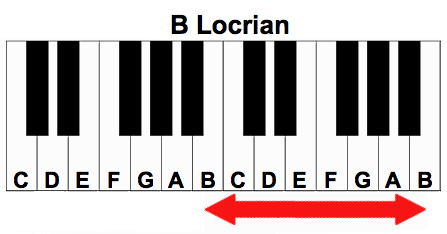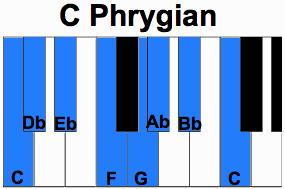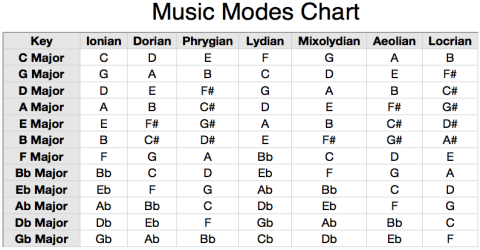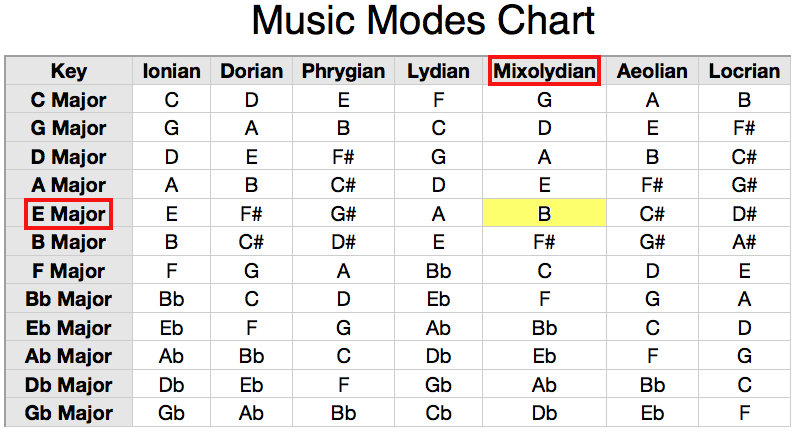Using proper piano fingering is important when playing songs on the piano. If you use incorrect fingering it might seem impossible to make you fingers move the way the music is telling you.
In this lesson we are going to explain the importance of fingering and how it can make your piano playing life so much easier.
In this lesson we are going to explain the importance of fingering and how it can make your piano playing life so much easier.
Finger Numbers
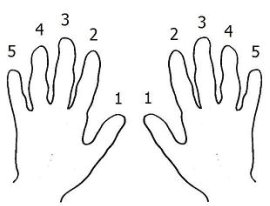
Each of your fingers is given a number.
- Thumb – 1
- Index – 2
- Middle – 3
- Ring – 4
- Pinky – 5
These numbers make it a whole lot easier then having to give a long name to each of the fingers.
Each finger being numbered makes it easier to write down in music what finger should play a certain note. Fingered piano music writes a number below the note so while playing you know what finger to use to make it easiest on your fingers to reach the notes.
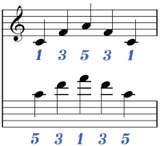
Not all sheet music has these numbers. Only beginner sheet music will have these numbers.
So how will you know what fingers to use when playing a song that doesn’t have numbers?
Here are a few Rules to help you remember how to use you fingers when playing the piano.
Piano Fingering Rules
Rule 1 – When playing an ascending piece or a piece that goes up, always start with the thumb in the right hand and the pinky in the left hand.
Rule 2 – When playing a descending piece or one that goes down, always start with the pinky in the right hand and the thumb in the left hand.
Rule 3 – If you are playing a series of descending or ascending notes and you run out of fingers, use the cross over technique.
Cross the thumb under the middle finger with the right hand.
Cross the middle finger over the thumb in the left hand.
Rule 4 – If you have a long distance to reach, use the thumb and the middle finger. These two fingers have the longest reach.
Rule 5 – Use the three center fingers (index, middle, and ring) to play the black notes when possible. you have better control of these fingers and play the black notes easier.
Hand Posture
When playing the piano your hands should lightly be placed on the keys. Don’t be stiff.
Your fingers should be curved. Not straight up or down.
Pretend that you are holding a baseball in your palm.
Your writs and arms should be parallel or straight with the floor. Don’t have your arms go up or down.
Conclusion
When you play the piano you need to use the best finger technique as possible. There are no set rules to piano fingering. Use the fingers that feel the most comfortable to you.
If you are playing a piece of music and it tells you to use you middle finger on a note and it doesn’t feel comfortable, then don’t use it. Use what feels comfotable to you.
Piano playing should be fun not a chore. If you are struggling with piano fingering just do what feels natural to you.
Click to go to Lessons #5 – Semitone and Half Steps
Back To Lesson #3 – Naming the Black Keys
Go From Piano Fingering Back to Lessons
Back to Home Page

